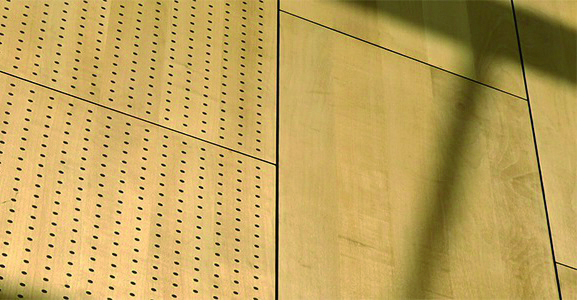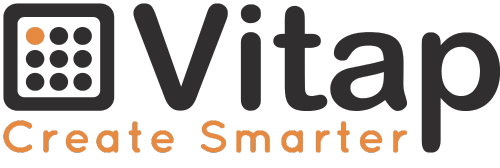
Acoustic Panels: our ultimate guide
In this article you will find a real guide to acoustic panels:
you will discover all the types, differences and the best machinery to work them. Let's get started right away.
SOUNDPROOFING BOARDS
Soundproofing boards are useful to limit sounds between 2 rooms.
pannelli fonoassorbenti
SOUND ABSORBING BOARDS
Sound Absorbing Boards reduce the reflection of a sound arriving on the board.
pannelli diffrattori
DIFFRACTING PANELS
Diffracting panels cut in little parts the sound waves and send them in every direction. They give a very good effect reducing the stationary waves in dimensionally limited environments, giving the sound amplitude and spaciousness to the percepite sound. Very useful in environments with regular plan to avoid resonance on specific frequencies.
pannelli diffusori
ACOUSTIC SPEAKER PANELS
The acoustic speakers panels give a better acoustic uniformity in the space from various listening points sending the sound waves in all the environment. A special range of acoustic speakers panels is made of reflecting flat panels. The difference with diffracting panels: they are more accurate and less casual in reflecting sound. They are recommended for irregular environments.
MICRO PERFORATED PANELS
Our Micra machine, with its patented system, is able to create micro-perforated acoustic wooden panels.
The 0.7mm holes, they are practically invisible. Wide choice of finishes in essence or melamine. For an optimal absorption coefficient, it is necessary to provide a space of at least 30mm between the wall and the back of the micro-perforated panels and insert mineral or polyester fiber from 30 to 40 kg / m3.
Standard dimensions: 2400x 600, 1200 × 600, 600 × 600, 16mm thickness. Mounting system: different wall and ceiling mounting systems are available. Wall mounting profiles made of extruded aluminum are used. The edges of the micro-perforated panels are mechanized for invisible and adjustable fixing to the mounting profiles. For ceiling installations, we adapt the panels to all the fixing profile systems existing on the market.
Materials: the panels are made of standard or fireproof MDF. The surface finishes of the panels are available in a wide range of natural wood veneer, RAL or NCS lacquered, HPL laminate or melamine.
Microperforation: the holes are practically invisible, these are micro perforations of 0.7 mm with a center distance of 5 mm., In quantities of 40,000 holes per square mete.
GROOVED PANELS
With our Point Grooving it is possible to create acoustic panels milled in wooden slats on the visible side and perforated on the back, with excellent acoustic properties, attractive and current design. Easy installation on the wall, ceiling or false ceiling. The surface finish can be in essence, melamine and lacquered.
Mounting system: various mounting possibilities on wooden uprights or metal structures, with the addition of clips or directly on the structure. For a good optimal absorption coefficient it is necessary to provide a space of at least 30mm between the wall and the back of the grooved panels and insert mineral or polyester fiber with a density of 30-40 kg / m3. Materials and finishes: they are made of standard or fireproof MDF. The surface finishes of the panels are available in a wide range of natural wood veneer, RAL or NCS lacquered, HPL laminate or melamine. The panels can also be made of mass-colored MDF or plywood. Images: it is possible to reproduce personalized images and motifs through milling, changing the size of the milling. Highly personalized decorative result.
ACOUSTIC POLLUTION: STUDIES AND CONSIDERATIONS
Thanks to the acoustic panels, it is possible to affect an often underestimated phenomenon, that of noise pollution.
Studies about open space offices are concording in assuming that lack of concentration and lack of privacy are both a problem. Numerous studies have shown that environmental noise significantly reduces the ability to concentrate: the most common source of disturbance is due to conversations between colleagues, or to telephone communications. In fact, most business processes require a flow of information which in practice takes place digitally or verbally, between close colleagues or on the phone.
Then there are other activities, such as commercial ones, which are typically carried out on the telephone and inevitably those who speak on the telephone disturb the colleagues in the vicinity. The direct consequence of this situation is that everyone speaks louder, further worsening the acoustic situation and increasing the sound level of the environment and the stress of workers.
On other occasions, the need for open-space privacy occurs: for a personal phone call, for meetings with private content such as periodic evaluations or job interviews, or a meeting with a supplier. Finally, the need for an isolated and acoustically comfortable place to make video conferences and online meetings is increasingly frequent. Acoustic booths solve all these needs by also increasing the number of meeting areas.
